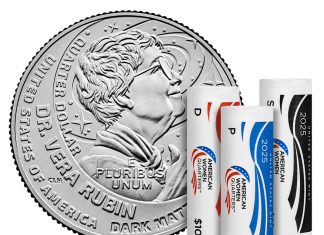Recent numbers show that counterfeit euro coins continue to be a problem in the European Union, albeit a relatively small one.
 In 2010, authorities removed a total of 186,000 counterfeit euro coins from circulation. This was an increase on the previous year of 13,900 coins, but still well under the numbers recorded in 2007 and 2008.
In 2010, authorities removed a total of 186,000 counterfeit euro coins from circulation. This was an increase on the previous year of 13,900 coins, but still well under the numbers recorded in 2007 and 2008.
While 186,000 fake euros may seem like an enormous amount, put into context the number is surprisingly small. According to the European Union, there is an estimated 16 billion genuine 50-cent, 1-euro and 2-euro coins in circulation today with only 1 counterfeit estimated for every 86,000 genuine coins.
Still, the 8% increase for 2010 may indicate a trend that the European Union is unwilling to accept.
"The fight against counterfeit money — whether coins or notes — is extremely important for both our economy and our currency," stated Algirdas Šemeta, EU Commissioner in charge of the European Union’s anti-fraud agency known as OLAF.
"OLAF’s efficiency in working with national authorities to find counterfeit euro coins and remove them from circulation is to be commended, as it has allowed us to keep the problem relatively contained in Europe. We will continue to dedicate all necessary resources to finding these fakes, in an effort to stamp out the problem across the EU."
Previous to 2010, there had been a two-year decreasing trend in the number of counterfeit euro coins detected in circulation, as shown in the table below:
|
Year
|
Number of Euro Coins
Removed From Circulation |
% Change From Previous Year
|
|
2010
|
186,000
|
+8.07%
|
|
2009
|
172,100
|
-12.15%
|
|
2008
|
195,900
|
-7.2%
|
|
2007
|
211,100
|
The euro is the official currency of 17 of the 27 member states of the European Union including Austria, Belgium, Cyprus, Estonia, Finland, France, Germany, Greece, Ireland, Italy, Luxembourg, Malta, the Netherlands, Portugal, Slovakia, Slovenia and Spain. In addition, the euro is unofficially used in a handful of other nations and also serves as the base against which ten other nations peg their currency toward.
The European Union introduced the euro as an accounting currency on January 1, 1999, with the first euro coins and banknotes entering into circulation exactly three years later.






This is why coins need to have an intrinsic value approximating their face value. Making high-value coins out of what amounts to scrap metal is only asking for trouble. And this isn’t to say that silver is necessarily the solution either as even those coins were counterfeited when silver’s value was considerably below face value back in the day.
There are more counterfeit U.S. Dollar Notes from one to hundred dollar, than Euro Coins and Notes!
$3 bills are a big problem, here, in the States – worse then fake $1 . . .
/* $3 bills are a big problem, here, in the States – worse then [sic] fake $1 */ I don’t get many questions about fake $3 bills but at least once a month I hear from someone who’s hopping up and down because they just found a “1 million dollar” bill. Then I’m the bad guy when I tell them you can buy all you want in a novelty shop. It’s almost at the point where I’d be in favor of requiring these fakes to have a disclaimer in inch-high letters on both sides, because too many people know so… Read more »